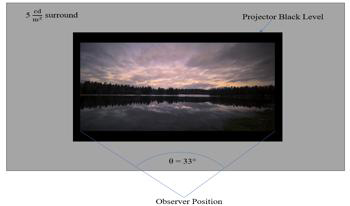
Routing through a dynamic environment is mostly carried out by using maps that integrate information about time-dependent parameters, such as traffic conditions and spatial constraints, which is a challenging and cumbersome task. We address the complex scenario where a user has to plan a route on a network that is dynamic with respect to edges that change their congestion through time. We perform an experimental user study where we compare interactive and non-interactive interfaces, the complexity levels of the map structures (number of nodes and edges) and of the paths (number of nodes that need to be visited), and the effects of familiarity with the map. The results of our study indicate that an interactive interface is more beneficial than a non-interactive interface for more complex paths, while a non-interactive interface is more beneficial than an interactive interface for less complex paths. In detail, while the number of nodes and edges of the network had no effect on the performance, we observed that (not surprisingly) the more complex the path, the longer the processing time and the lower the correctness. We tested the familiarity with a test–retest design, where we organized a second session of tests, labeled T2, after the first session T1. We observed a familiarization effect in T2, that is, the participants’ performance improved for the networks known from T1.